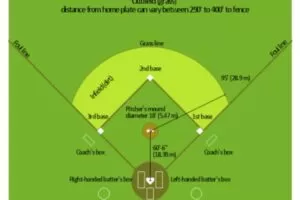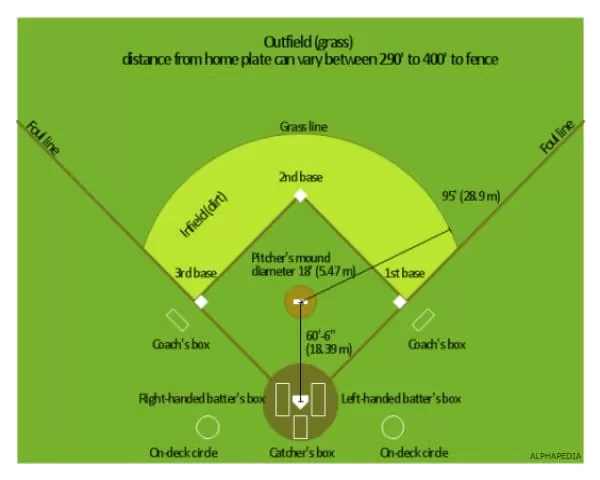What are the Dimensions of the Baseball Field ?
The dimensions of baseball fields can vary widely, making each one of them a unique and special place. Although the baseball field may also be known as the baseball diamond (that is the typical shape of the boundary), today there are many parks that barely fit that description. The dimensions and measurements of each field vary according to the age and skill level of the players, as well as many other factors, such as space and other uses for the park.
The Dimensions of a Small League Field
We will define the Little League field as being for players between the ages of seven and twelve.
- Baseline – 60 feet
- Base plate to second base – 84 feet 10 ¼ inches
- Rubber Launch Front Start Plate – 46 feet
- Inner arc radius: 50 feet
- Start plate to the rear stop: 25 feet
- Dirty lines – minimum of 200 feet to the garden fence
- Near Central Field – 275 feet
When players are 11 or 12 years old, they can play what is known as intermediate level.
Dimensions of the Intermediate Level Baseball Field
- Baseline – 70 feet
- Base plate to second base – 99 feet
- Start plate to the rubber launch front – 50 feet
- Inner arc radius: 65 feet
- Starting plate to the backrest – 30 feet
- Dirty lines – 225 feet to the garden fence
- Near Central Field: 275 feet
- For 13 year old players
Pony Baseball Field Dimensions
- Baseline – 80 feet
- Base plate to second base – 113 feet 2 inches
- Rubber Launch Front Start Plate – 54 feet
- Inner arc radius: 80 feet
- Start plate to the backrest – 40 feet
- Dirty lines – 265 feet to the garden fence
- Near Central Field: 275 feet
High School, College and Professional Baseball Field Dimensions
- Baseline – 90 feet
- Base plate to second base – 127 feet 3 3/8 inches
- Rubber Launch Front Start Plate – 60 feet 6 inches
- Inner arc radius: 95 feet
- Start plate to the rear stop: 60 feet
- Dirty lines – 325 feet minimum for garden fencing
- Near Central Field: over 400 feet
Each course in MLB has a slightly different design when it comes to the crowd and home run fence.
Ground Foul: The amount of ground foul (outside the lines for the field, but still playable area for popups or passing balls, etc.) varies widely. Some parks will have fans very close to the action, and some much further back. This means that more plays can be made with pop-up balls, making parks with more playing area much more attractive to pitchers.
Close to home runs: There really aren’t many rules governing how far back a home run fence should be at any given point in your goal. For example, the right field home run fence at Fenway Park in Boston is only 302 feet, while Wrigley Field in Chicago is 353 feet. Centerfield in Houston’s baseball stadium is 436 feet, while there are only 390 feet in Boston! In left field, you will find the shortest distance to a wall at only 310 feet at Boston’s Fenway Park.
Related Topics With Court Dimensions in ALPHAPEDIA
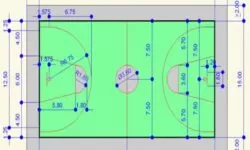
BASKETBALL COURT DIMENSIONS
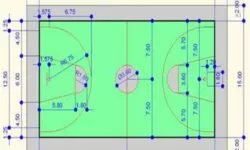
INDOOR SOCCER FIELD DIMENSIONS
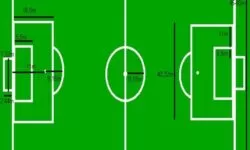
SOFTBALL FIELD DIMENSION
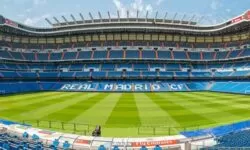
SOCCER COURT DIMENSIONS
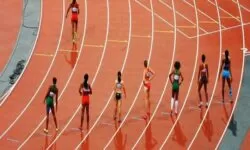
ATHLETIC TRACK DIMENSIONS
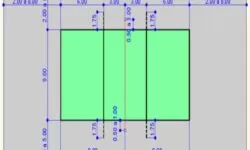
💚 VOLLEYBALL COURT DIMENSIONS
Projects Information in ALPHAPEDIA
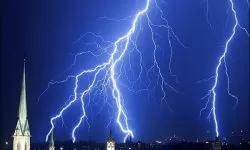
WHAT DOES ELECTRICITY MEAN ?

ATHLETIC TRACK DIMENSIONS

ELECTRICITY STUDY OBJECTIVES

HOW TO PAINT EXTERIOR WOOD ?

SOCCER COURT DIMENSIONS
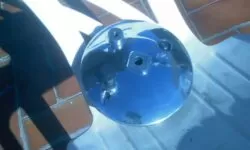
HOW TO POLISH ALUMINIUM ?
Other Topics of Interest in ALPHAPEDIA

FREE CERTIFICATE PROGRAM IN CHILD PROTECTION

RED COLOR: Psychology, Meaning and Types
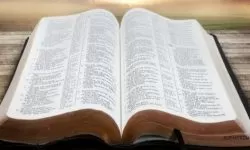
LAMENTATIONS 2

FREE CERTIFICATE PROGRAM IN CLINICAL NUTRITION
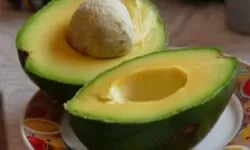
AVOCADO: Origin, Properties, Meaning and Benefits

FREE BACHELOR DEGREE IN SPANISH LANGUAGE
Baseball Field Dimensions Image
